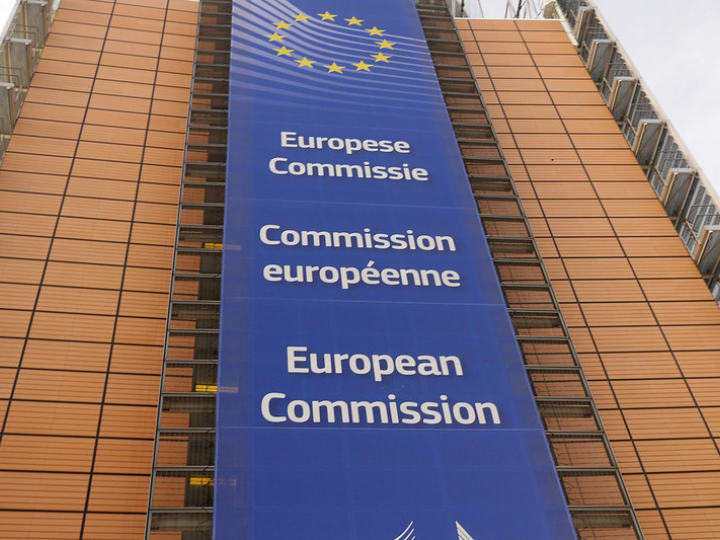Following a wide-ranging public consultation, the Commission has adopted new rules which will encourage the development of regional airports. These rules lay down the conditions under which start-up aid can be granted to airlines to operate new routes from regional airports. New regional air services will encourage mobility in Europe and regional development. The clear rules adopted today guarantee equal treatment for public and private airports and ensure that airlines receiving aid are not unduly favoured. These guidelines also give airports and Member States guidance on the public financing of airports.
Vice-President Jacques Barrot, the Transport Commissioner, said "The European Commission wishes to encourage the development of regional airports and personal mobility. These new rules give regional airports the legal certainty they need for their future development and for their relations with airlines and the authorities."
Intense competition on the European air travel market, and in particular the emergence of low-cost airlines, has prompted many airports to provide incentives to certain airlines to start up new services. This broadens the range of options available to the travelling public and makes air travel accessible to all Europeans. It bolsters regional economic development and reduces congestion at major airports, known as "hubs". The Commission intends to encourage this trend, while at the same time ensuring equal treatment for all airport operators and all airlines, and proper use of public money.
The new guidelines establish a firm legal framework for agreements between airports and airlines. Their adoption follows extensive consultations with, in particular, the air travel industry and the Member States. The new guidelines will increase transparency and prevent any discrimination in the agreements concluded by regional airports and airlines on start-up aid. They guarantee completely equal treatment for publicly owned and privately owned airports.
If an airport decides to grant an airline public aid which is not justified on purely commercial grounds, such aid can be accepted if it covers not more than 30-50% of the additional costs incurred in starting up the new service, including marketing costs and the costs of setting up at the regional airports concerned. The service benefiting from the aid must ultimately prove profitable; for this reason, such aid must be degressive and limited to a maximum of three years (or five years in the case of disadvantaged regions and the outermost regions of the EU).
The airports concerned are mainly those with an annual passenger volume of less than 5 million. The Commission will apply the new guidelines from the date of their publication in the Official Journal.
The new guidelines also clarify the framework for public financing of airports, and in particular investment in airport infrastructure. The European airport sector has become increasingly competitive in recent years, which has led to a Court of Justice ruling that airports are, in principle, traders or economic operators. Airport infrastructure provides the basis for the economic activities of the airports themselves, but in some cases also helps meet regional economic development, land-use planning and accessibility objectives. The guidelines spell out how the competition rules apply to the economic activities of airports, while taking account of any general interest tasks assigned to them.




 By: N. Peter Kramer
By: N. Peter Kramer

